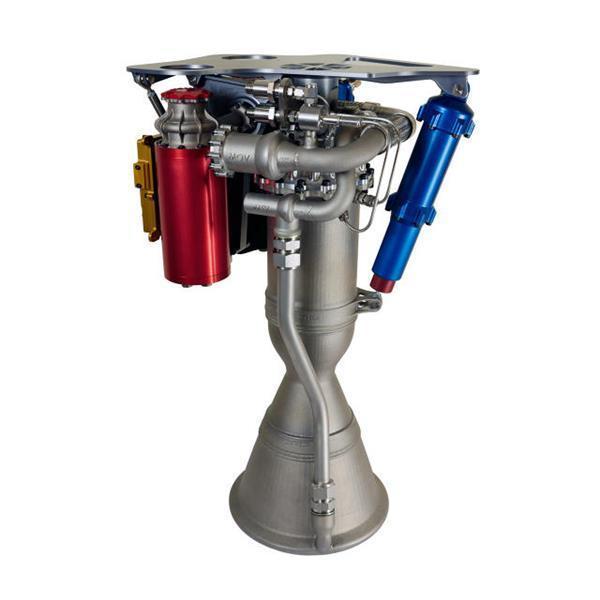| News  RSS RSS 16 Apr 2015 15:30:54 Source In the USA on a 3D printer printed rocket engine with batteryin order to construct and send a rocket into space requires huge financial investments. To influence the situation tries the new Zealand startup Rocket Lab, which is using a method of 3D printing is hoping to reduce the average cost of launching rockets into space by 95%. The assurances of the company, this is possible thanks to its launcher Electron and the engine Rutherford. Read more... in order to construct and send a rocket into space requires huge financial investments. To influence the situation tries the new Zealand startup Rocket Lab, which is using a method of 3D printing is hoping to reduce the average cost of launching rockets into space by 95%. The assurances of the company, this is possible thanks to its launcher Electron and the engine Rutherford. Created in the Rocket Lab aircraft was presented at the annual conference of the Space Symposium in California, USA. The main interest is focused to the engine Rutherford, virtually all the elements printed on a 3D printer. In addition, the missile uses a system of lithium-polymer batteries and motors that allow you to spend much less liquid fuel than conventional devices of this class. To bring the satellite into orbit, Rutherford will need the same amount of fuel as the jet liner to fly from Los Angeles in neighboring San Francisco. Thus, created by Rocket Lab fixture is not only the first rocket engine, printed on a 3D printer, but also the first such engine to the battery. In fact, Rutherford is electrotermometry of kerosene-oxygen engine which was created specifically to run in tandem with launcher Electron. According to the company, the cost of launching satellites into orbit using its technology will cost only $4.9 million. However, current samples until you can lift a weight of only 110 kg, but it's a matter of time. Other news in this section
| Categories
|
© 2024 b4by.org
